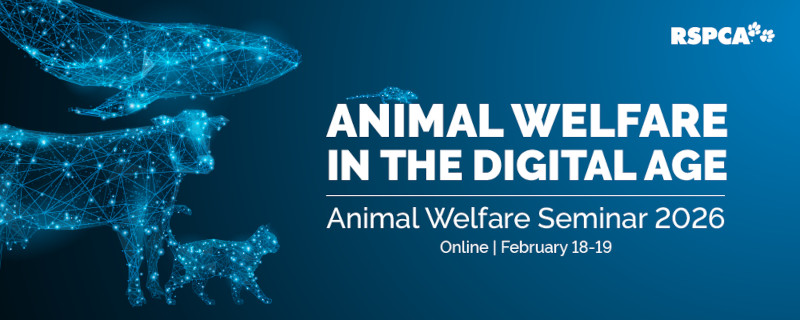All kangaroo shooters are required to abide by either the Australian National Code of Practice for the Humane Shooting of Kangaroos and Wallabies for Commercial Purposes (2020) or the Australian National Code of Practice for the Humane Shooting of Kangaroos and Wallabies for Non-Commercial Purposes (2008). The key differences between commercial and non-commercial kangaroo shooters are the level of training and testing required, and the monitoring of compliance with the relevant code of practice.
The general opinion given by those associated with kangaroo management is that there is a far higher degree of inhumane killing of kangaroos in non-commercial shooting than with commercial shooting. We do not know what the actual level of cruelty is, as the level of policing and enforcement of the Code at the non-commercial level is extremely poor.
There are several reasons why non-commercial shooting has a higher level of cruelty than the commercial industry. Commercial shooters must pass a competency test before they are permitted to shoot kangaroos. They also undergo training which covers their requirements under the Code. Commercial shooters also have a strong incentive to abide by the Code: processors will not accept kangaroos that have been shot other than the head, and shooters can lose their licence if they repeatedly present non-head shot kangaroos. No such training or testing requirements or incentives for compliance exist for non-commercial shooters.
Although some non-commercial shooters will be conscientious of the Code and its requirements, there will always be those who are, at best, indifferent to the pain and suffering they inflict. Many instances of inhumane shooting practices resulting in significant suffering of kangaroos have been reported. However, due to lack of monitoring and difficulty in apprehending offenders, those responsible for these acts of extreme cruelty are rarely prosecuted by authorities. A greater effort is required to prevent and deter these cruel activities from continuing.
The RSPCA believes that all shooters must be required to undergo adequate training, assessment for shooting accuracy and have their activities monitored for compliance with the Code, especially in relation to the humane killing of orphan joeys [1, 2]. To address these welfare issues, existing non-commercial licences should be phased out as quickly as possible, to be replaced by the controlled use of professional shooters. Shooting should only be permitted in areas where the need to manage the kangaroo population has been adequately justified, i.e. where the specific situation has been assessed and there is a clear need for population control. Any such shooting must be part of a fully regulated government supervised management program.
References
[1] McLeod SR and Sharp TM (2014) Improving the humaneness of commercial kangaroo harvesting. Final report for RIRDC Project No PRJ-004103. Rural Industries Research and Development Corporation, Canberra ACT.
[2] McLeod SR and Sharp TM (2020) The Australian kangaroo industry male-only harvesting, sustainability and an assessment of animal welfare impacts. AgriFutures Australia.

